
Otherwise, the life of the contacts may be reduced. (They may stay on continuously.) Further, even in the case of a type having an internal contact protection circuit (D-B54, D-B64, D-B59W), if the length of the wiring to the load is extremely long (30m or more) and a PLC having a large rush current is used, confirm whether a contact protection box may be necessary.
Damage may occur due to excess current flow into a switch. 4.
If using other screws, switch may be damaged.
Cylinder bores are manufactured to precise tolerances, so that even a slight deformation may cause faulty operation. Also, scratches or gouges in the piston rod may lead to damaged seals and cause air leakage. 2.
This may not only cause broken lead wires, but it may cause internal elements of the switch to be damaged by the stress. 6. Avoid incorrect wiring.
This may not only cause broken lead wires, but it may cause internal elements of the switch to be damaged by the stress. 3. Mount switches using the proper fastening torque. Be certain that there is no faulty wiring insulation (contact with other circuits, ground fault, improper insulation between terminals, etc.). Damage may occur due to excess current flow into a switch. 4.
Incorrect selection may lead to release of work etc. Refer to "Effective holding force" and information to select the model by weight of work. 5. Do not use in applications where excessive external force or impact force may be applied to gripper. It may cause malfunction. Consult SMC with regard to any other applications. 6.
Although the body of the switch may not be damaged, the inside of the switch could be damaged and cause a malfunction. 2. Do not carry a cylinder by the auto switch lead wires. Never carry a cylinder by its lead wires. This may not only cause broken lead wires, but it may cause internal elements of the switch to be damaged by the stress. 3.
thal the cycle starts with a new group; the end-of-cycle may be in the middle of a group.
Damage may occur due to excess current flow into a switch. 4.
Although the external body of the switch (switch case) may not be damaged, the inside of the switch could be damaged and cause a malfunction. 2. Do not carry a cylinder by the auto switch lead wires. Never carry a cylinder table by its lead wires, as this may not only cause broken lead wires, but it may cause internal elements of the switch to be damaged by the stress. 3.
Although the body of the switch may not be damaged, the inside of the switch could be damaged and cause a malfunction. 2. Do not carry a cylinder by the auto switch lead wires. Never carry a cylinder by its lead wires. This may not only cause broken lead wires, but it may cause internal elements of the switch to be damaged by the stress. 3.
Although the body of the switch may not be damaged, the inside of the switch could be damaged and cause a malfunction. 2. Do not carry a cylinder by the auto switch lead wires. Load In the same way, when operating under a specified voltage, although an auto switch may operate normally, the load may not operate.
Although the body of the switch may not be damaged, the inside of the switch could be damaged and cause a malfunction. 2. Do not carry a cylinder by the auto switch lead wires. Never carry a cylinder by its lead wires. This may not only cause broken lead wires, but it may cause internal elements of the switch to be damaged by the stress. 3.
Although the body of the switch may not be damaged, the inside of the switch could be damaged and cause a malfunction. 2. Do not carry a cylinder by the auto switch lead wires. Never carry a cylinder by its lead wires. This may not only cause broken lead wires, but it may cause internal elements of the switch to be damaged by the stress. 3.
Although the body of the switch may not be damaged, the inside of the switch could be damaged and cause a malfunction. 2. Do not carry a cylinder by the auto switch lead wires. Never carry a cylinder by its lead wires. This may not only cause broken lead wires, but it may cause internal elements of the switch to be damaged by the stress. 3.
Under certain conditions, the exhaust of the vacuum ejector may generate intermittent noises, and vacuum pressure may be uneven.
Damage may occur due to excess current flow into a switch. 4.
Damage may occur due to excess current flow into a switch. 4. Do not wire with power lines or high voltage lines. Never carry a cylinder by its lead wires. This may not only cause broken lead wires, but it may cause internal elements of the switch to be damaged by the stress. 3. Mount switches using the proper tightening torque.
If an alarm continues to be generated even after cleaning, the emitters may be worn out or damaged.
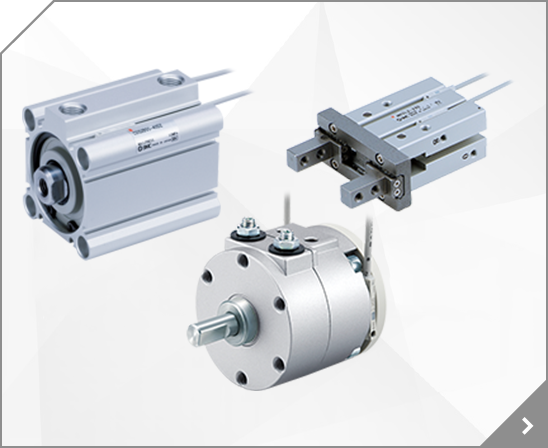
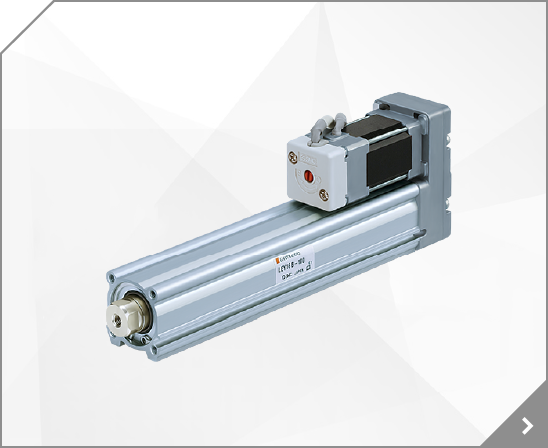
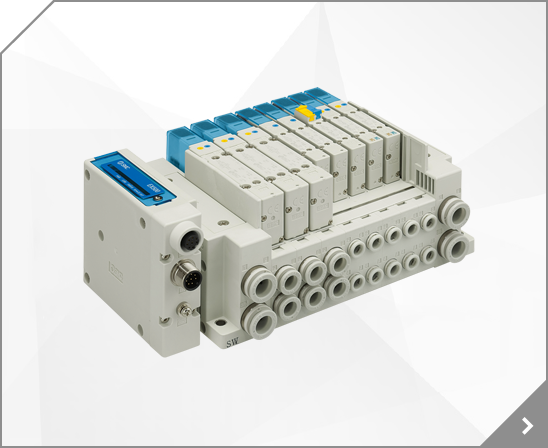
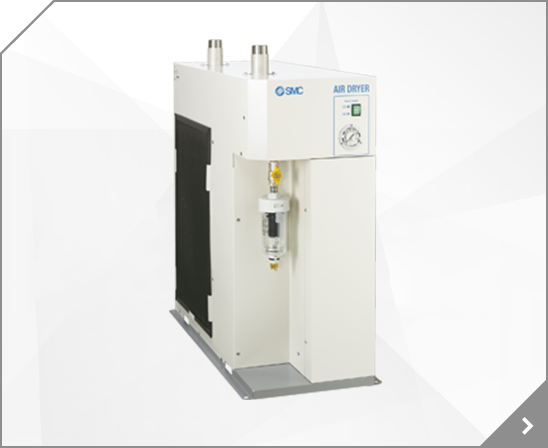
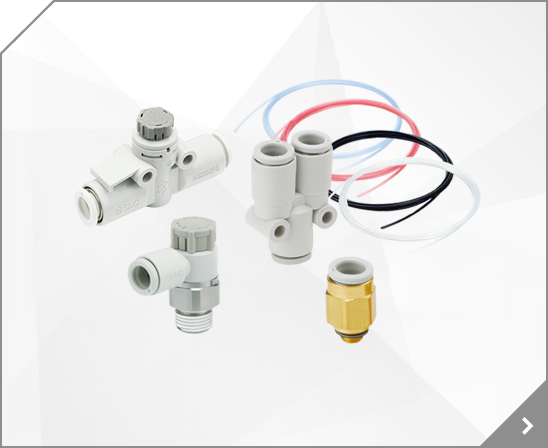
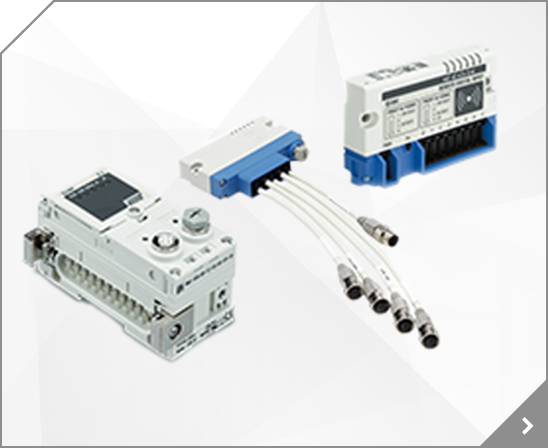
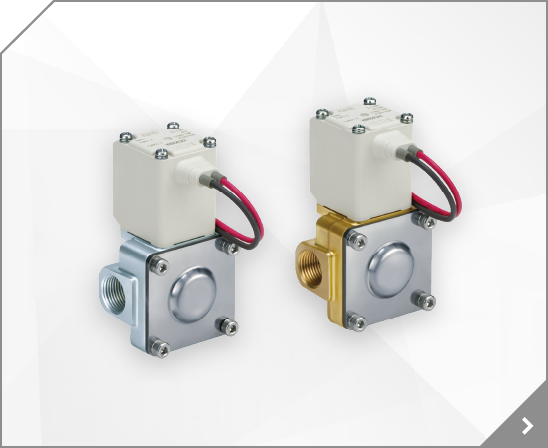
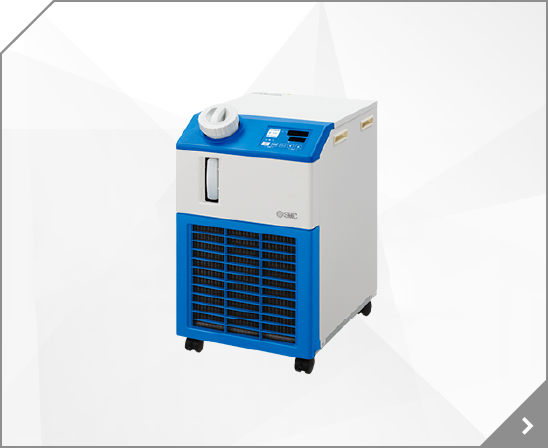
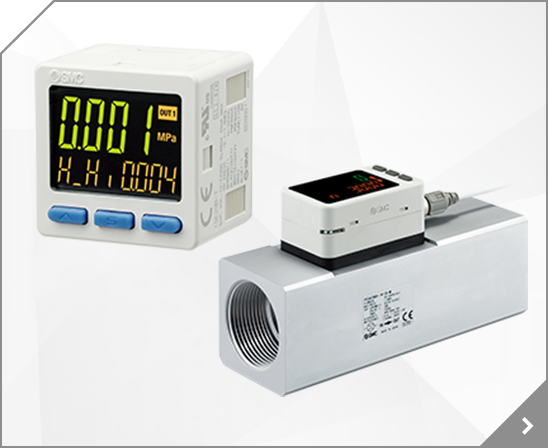
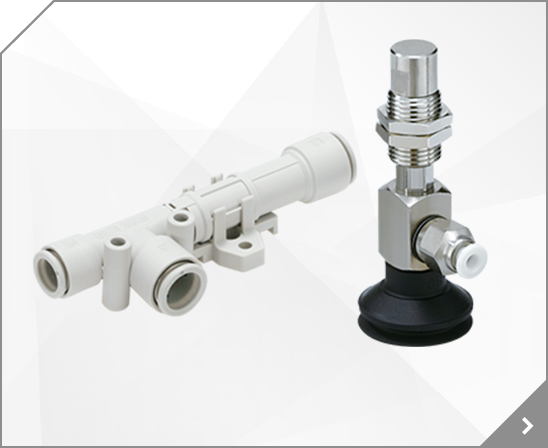

 CNG
CNG